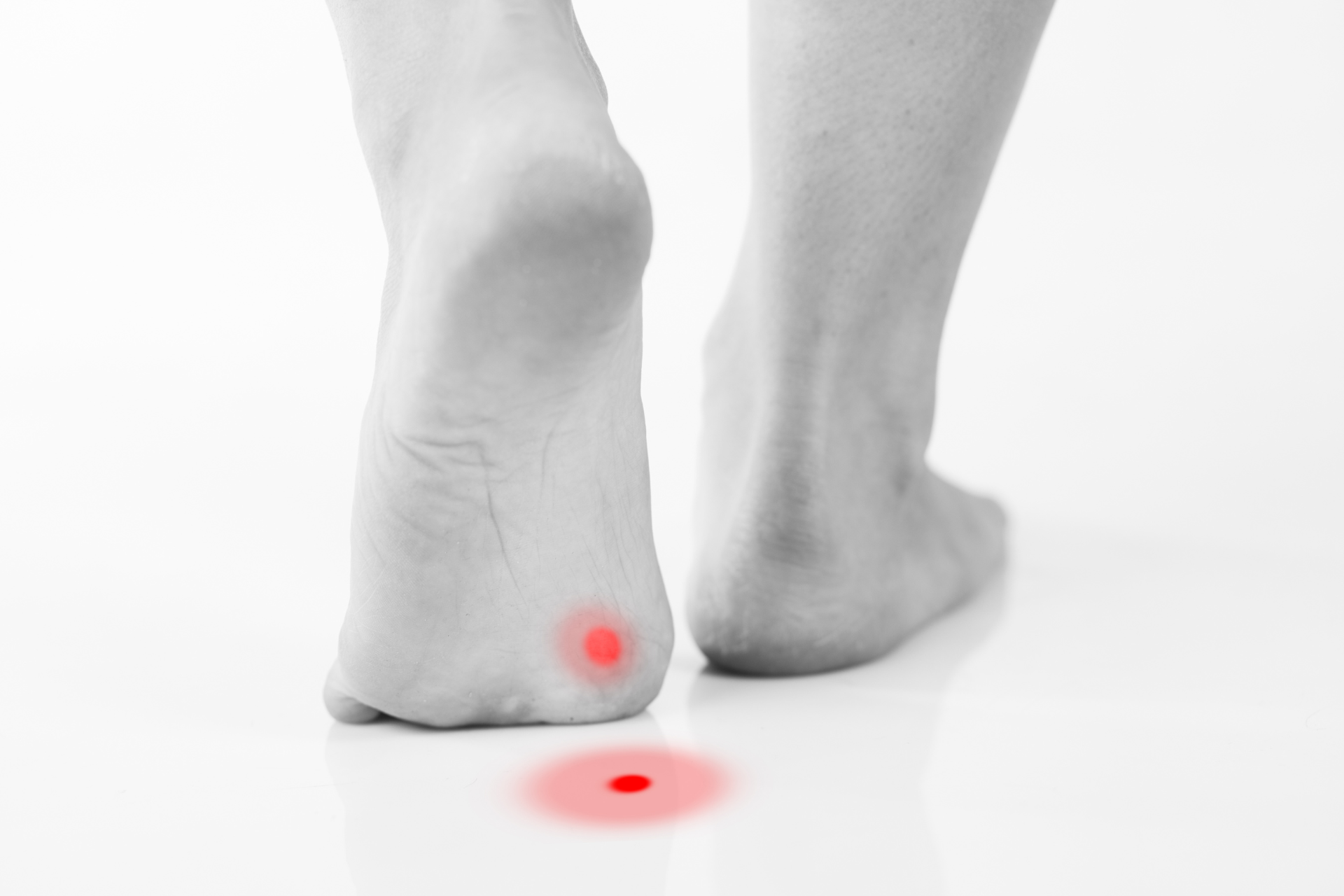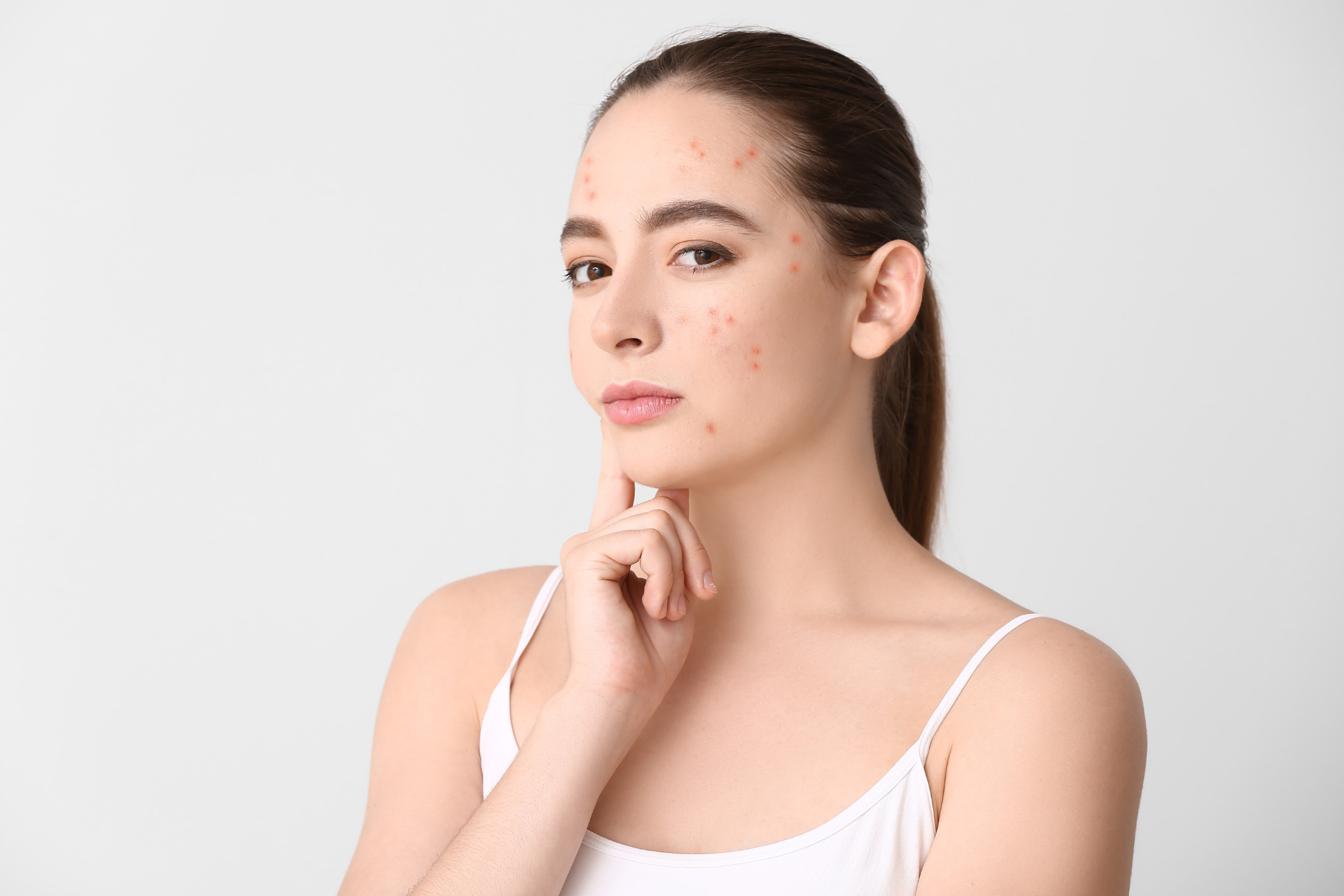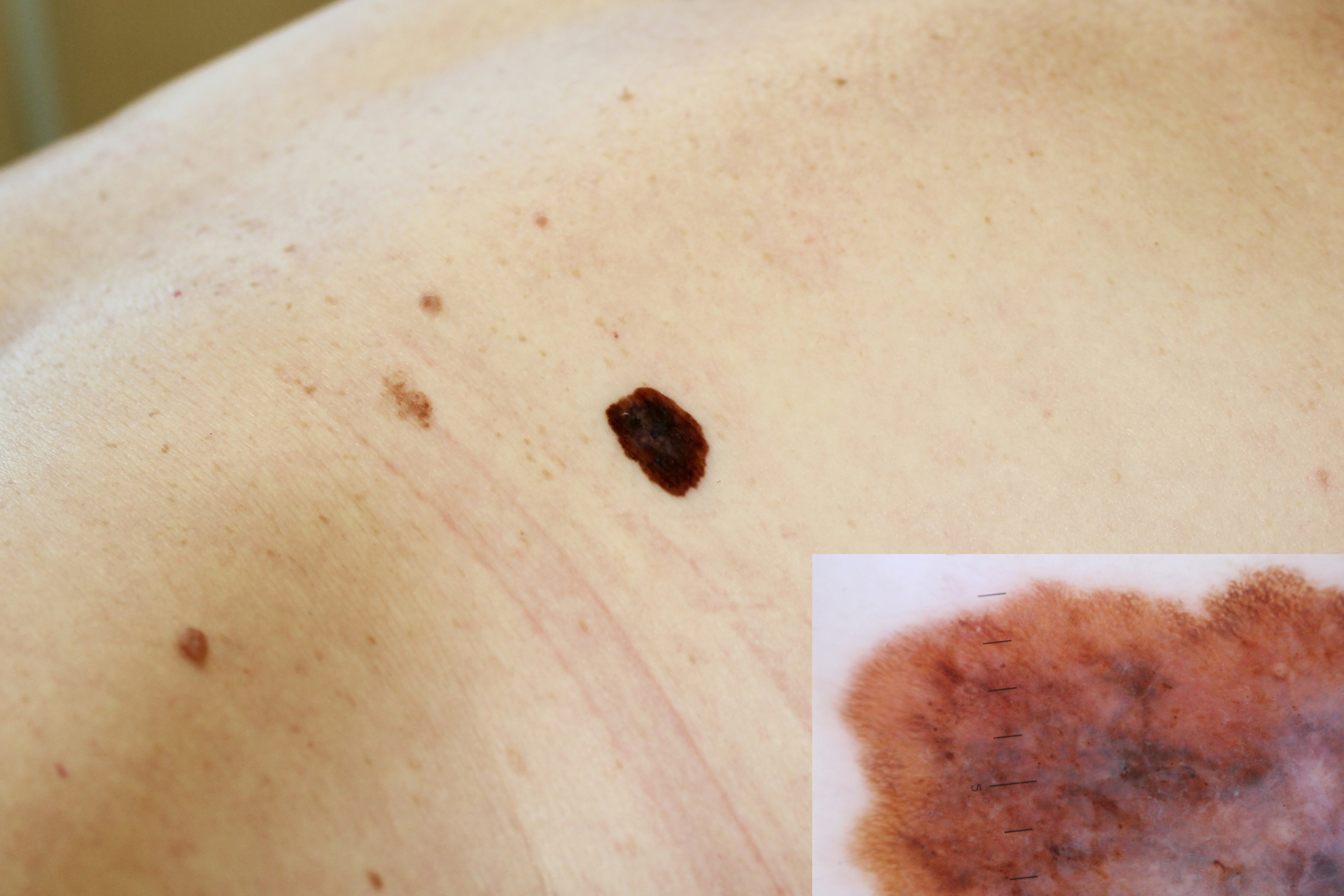Warts vs. Corns: How to Tell the Difference and Choose the Right Treatment

At Fall Creek Skin and Health Clinic, we believe that understanding your skin conditions is the first step toward effective treatment. Many people often confuse warts and corns, two common skin issues, but they are distinct problems that require different approaches. In this blog post, we’ll help you identify the characteristics of each and guide you on choosing the right treatment.
What Are Warts?
Warts are small, benign growths on the skin caused by the human papillomavirus (HPV). They can appear anywhere on the body, but are most commonly found on the hands, feet, and face. Warts are typically rough or wart-like in texture and may have a raised surface. Common types of warts include:
- Common warts
Usually appear on fingers or hands.
- Plantar warts
Develop on the soles of the feet and can be painful when walking.
- Flat warts
Often found in clusters on the face, arms, or legs.
Warts can be contagious, meaning they can spread from person to person or from one part of your body to another. Though they are usually harmless, warts can sometimes be bothersome, especially if they become painful or annoying.
What Are Corns?
Corns, on the other hand, are thickened areas of skin that develop in response to pressure or friction, typically on the feet. They can be formed by ill-fitting shoes, excessive walking, or standing for prolonged periods. Corns can be categorized into two types:
- Hard corns
These are small, concentrated areas of hard skin that often develop on the tops and sides of toes.
- Soft corns
Found between the toes, soft corns are softer and more pliable due to moisture.
Unlike warts, corns are not caused by a virus and are not contagious. They usually appear as thickened, sometimes painful areas of skin and will typically resolve with proper care and adjustments to footwear.
Key Differences Between Warts and Corns
To distinguish between warts and corns, consider the following characteristics:
- Cause
Warts are caused by a virus (HPV), while corns result from friction or pressure.
- Appearance
Warts have a rough, bumpy texture, while corns are thickened, hardened skin.
- Location
Warts can appear anywhere on the body, whereas corns are primarily found on the feet and toes.
Treatment Options
For Warts:
1. Over-the-counter treatments
Look for salicylic acid products that can help exfoliate the wart.
2. Cryotherapy
A common method involving freezing the wart with liquid nitrogen.
3. Laser treatment
For stubborn warts that don’t respond to other treatments.
4. Medical intervention
Consult your healthcare provider for persistent warts, especially if they become painful.
For Corns:
1. Changing footwear
Opt for shoes that fit properly and offer ample cushioning.
2. Pumice stone
Use a pumice stone to gently file down the hard skin after soaking your feet.
3. Protective pads
Consider using over-the-counter corn pads to relieve pressure.
4. Consult a professional
If corns are persistent or painful, visit Fall Creek Skin and Health Clinic for personalized care.
Understanding the differences between warts and corns is crucial for effective treatment. If you have questions or need further assistance, feel free to contact Fall Creek Skin and Health Clinic. We’re here to help you live comfortably and confidently, regardless of your skin concerns!




